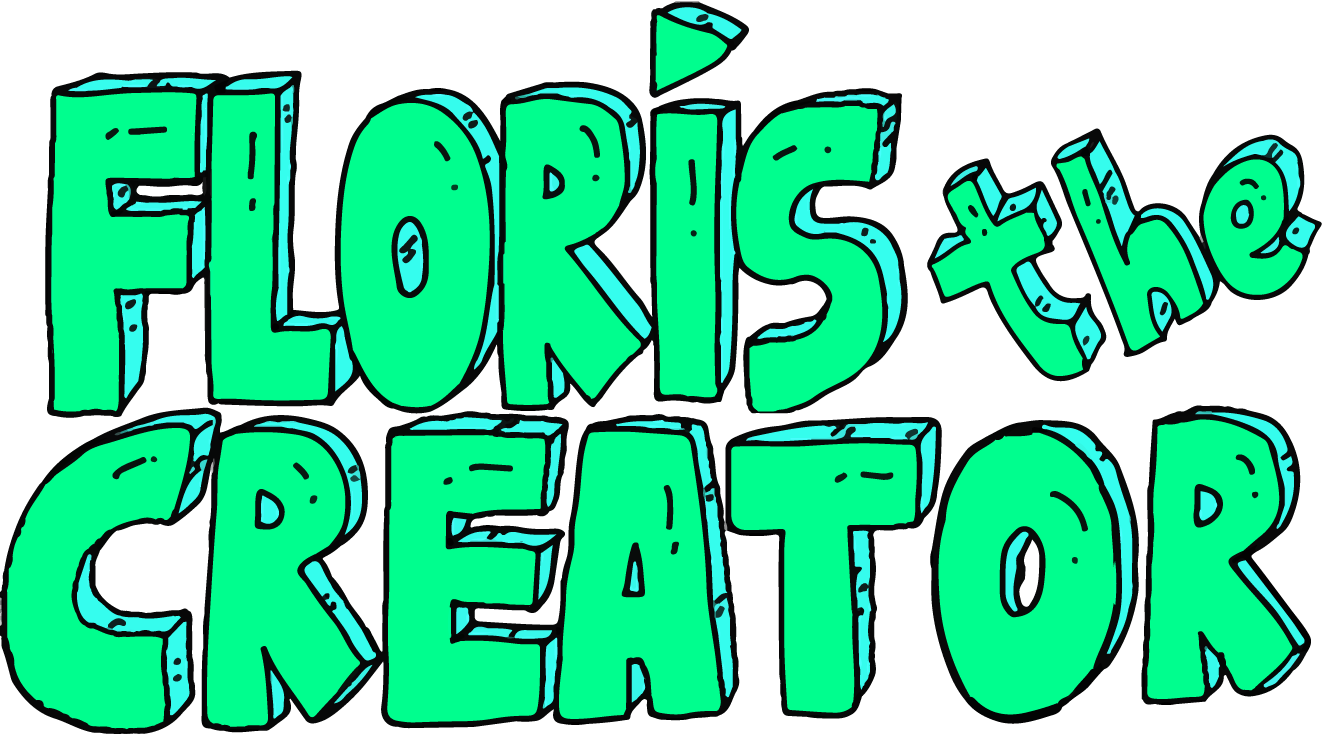April 7, 2025
If I had to start a new YouTube channel today, here’s exactly what I would focus on.
1. Define the Strategy
- Who is your channel for?
- What’s the value of your content to them?
- What problem does your content solve?
- What topic can your channel really own?
I wouldn’t approach channel ideas by asking what you think could get the most views. Instead, I’d focus on translating authenticity, passion, knowledge, expertise, or experience into a clear strategy—because that’s where the real value is. I could come up with hundreds of channel ideas that could all work and become successful, but that doesn’t mean I’m the one who could make them work.
Also ask: How are people going to find me? What are they searching for? What questions are they asking? What problem are they facing that I can help solve? If you can show up with answers—or even just entertainment—and you do it well, they’ll find you.
2. Niche Immersion
I’d find 5 to 10 successful channels doing something in the same direction—and study them closely. If their content overlaps with yours, chances are they’ve already figured out what resonates with the kind of audience you’re trying to reach.
This step isn’t about copying—it’s about understanding the landscape. What works. What’s overdone. What’s missing. You’re looking for patterns, gaps, and opportunities to offer your own spin.
Ask yourself:
- What kind of titles consistently perform well?
- What tone, energy, or delivery style keeps people engaged?
- What’s the clear promise they’re making to viewers—and how do they deliver on it?
The goal is to sharpen your intuition for what works in your space—and then figure out how you can bring something unique to it, in a way that’s true to you.
3. Create a 30-Video Idea List
This is where strategy meets execution. I’d sit down and challenge myself to come up with 30 strong video ideas that all fit under the same clear theme. If I can’t do it, that’s a red flag. It might mean the niche is too broad, too shallow, or simply not something I care enough about to sustain over time.
A list of 30 ideas isn’t just about proving the niche is viable—it’s about building creative momentum. It helps you test different angles within a focused lane, and it forces you to clarify what your channel actually has to offer.
The goal here is simple: focus. It’s far more effective to be known for one thing than to make scattered content that never builds a clear identity, because it’s also unlikely to grow into a successful channel.
This list becomes the foundation for your content strategy—and your early learning curve.
4. Design Titles and Thumbnails First
Before creating any video, I’d draft all the titles and thumbnail ideas. Just rough concepts—but enough to get a real sense of what the channel will look and feel like.
This is how your future audience is going to experience your channel: title first, thumbnail second. The video itself only comes after they click.
If none of it makes me want to click, then that’s a problem. If I wouldn’t be tempted to click on the titles and thumbnails I’m creating, why should anyone else?
And also: if you show these 30 titles and thumbnails to someone in your target audience, it should be instantly clear to them:
- Who the channel is for
- What value the videos offer
- Why they’d want to watch more than one
If you can do that, you’re ready. The only thing left to do—is start.
5. Launch, Learn, Repeat
Then I’d focus on starting and I would be highly pragmatic about it. Make the first video. Publish it. And start a Learn Improve Repeat cycle.
Don’t overthink it. The best way to get good is to make videos. The more videos you create, the faster you’ll find your voice and build momentum.
Early on, it’s not about growing the channel—it’s about growing as a creator. The metrics early on are completely insignificant anyways.
Final Thoughts
Most creators start uploading with no real strategy—and then wonder why nothing sticks. They focus on making videos, but not on building a channel. Without clarity on who they’re speaking to or what their content is meant to do, their uploads feel random, and their growth stalls.
The reality is: YouTube will teach you YouTube faster than anything else. No course, no book, no article (including this one) can replace the experience of actually making videos and seeing what connects. But going in with a simple, solid foundation—a clear strategy, focus, and a plan—makes a huge difference in how fast you learn, improve and grow.
And most importantly: I’d start sooner rather than later. I’d establish the foundation, get clear, and then start creating and uploading—you’ll figure the rest out along the way.
